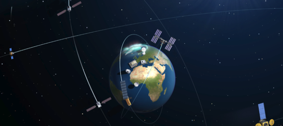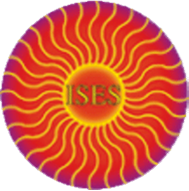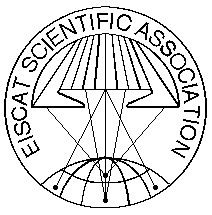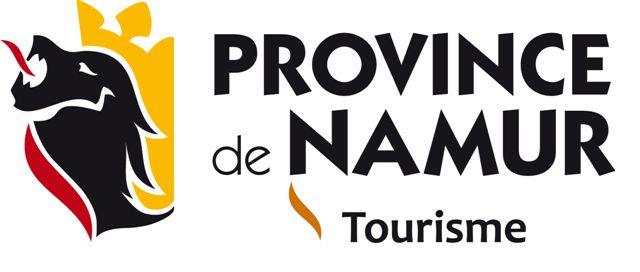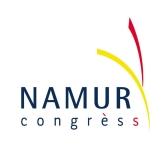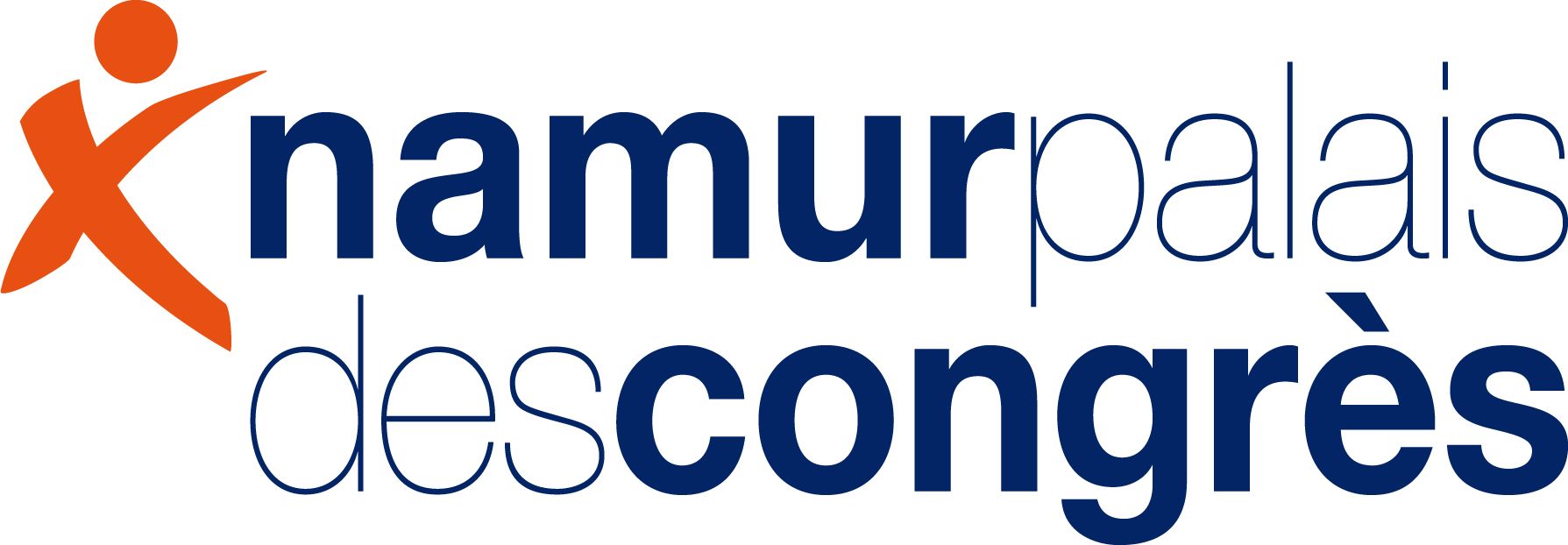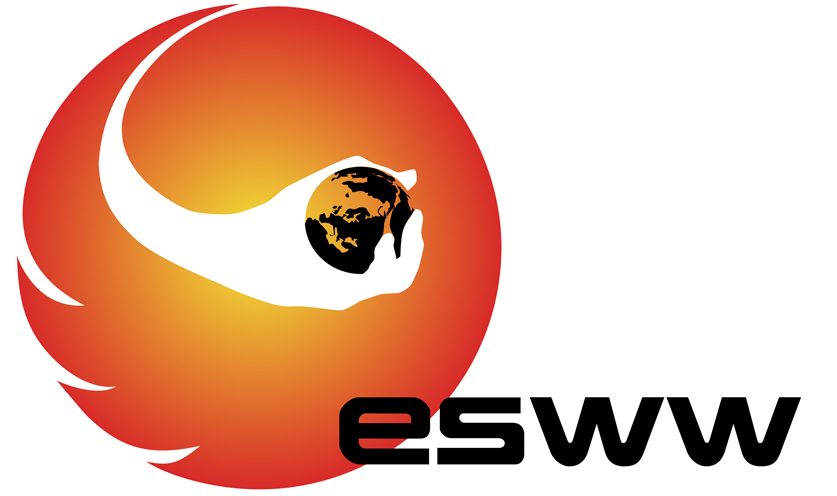
November 28 - December 02, 2011 - Namur, Belgium
Space Weather Fair
This year's event will also include a space weather fair, where users and service providers will have the opportunity to interact in an informal working environment.
The fair is an opportunity for academics - scientists - companies - non-academici - clients - service providers - ... to profile their activities and learn what there is to know in the field of Space Weather.
The fair is followed by a beer-tasting.
Stand Holders
| Atmospheric Effects Topical Group | S. Bruinsma | CNES |
|
The Atmospheric Effects Topical Group federates researchers that study and/or model the neutral upper atmosphere. This year,
2 projects have started that are directly related to this Topical Group. The Advanced Thermosphere Model for Orbit Prediction (ATMOP) research project started in January of this year. It aims at developing an updated statistical thermosphere model that will subsequently be adapted to ingest density data in near-real time. It will enable precise air drag computation, which is mandatory for improved survey and precise tracking of objects in Low Earth Orbit (LEO).╩ The thermosphere can vary rapidly and significantly in response to solar and geomagnetic activity (space weather). Accurate orbit prediction requires accurate space-time nowcast and forecast of the thermosphere, but this is presently not available in Europe.The ATMOP project is designed to fill this gap through
At our fair stand, you can check out the updates and the latest results of ATMOP and GOCE. | ||
| EISCAT_3D | E. Turunen | EISCAT Scientific Association, Kiruna |
| EISCAT_3D, the proposed volumetric imaging incoherent scatter radar, based on large phased-array antennas and radar sites distributed across 3 countries in Northern Fenno-Scandinavia, is currently being developed through a 4.5 MEUR Preparatory Phase action, which is financed by EU during 2010-2014. After the first year of the Preparatory Phase, the system concept starts to take final form, and national supporting actions are providing infrastructure where demonstrations of some key concepts, such as for example simultaneous multibeam reception of radar transmission will be demonstrated soon. The final decisions on the locations of actual sites, as well as on the definition of performance specification will happen in very near future At this stage of the planning will show visualizations and animations developed during the Preparatory Phase project. Specific emphasis is put on showing the current development of the science case of the EISCAT_3D. The initial version of the science case, which everyone is welcomed to make comments on, is published at the web page of the project: http://www.eiscat3d.se/ | ||
| Science and EPO with HELIO - CASSIS | R.D. Bentley M. Messerotti |
UCL-MSSL INAF-Trieste |
| Spenvis 4 | S. Calders M. Kruglanski |
BIRA-IASB |
| ULISSE | C. Muller | B.USOC |
|
ULISSE - UNOC knowLedge Integration and dissemination for Space Science Experimentation - is a
research project selected within the first Space Call of the European FP7. ULISSE is aimed at improving preservation, valorisation and exploitation of the scientific data collected by space experiments, across multiple domains, performed on board of the International Space Station and other space platforms. In these domais, ULISSE has played the role of pathfinder for almost the key aspects, particularly those related to legal issues and intellectual property preservation. ULISSE is going to be concluded by Dec 2011. It has provided a very useful experience and results, including the Demonstrator. The Demonstrator is a prototype of a modular expandable e_infrastructure to interoperate distributed scientific repositories in accordance with the applicable legal constraints. Its scope is:
The ULISSE Demonstrator will be presented at the fair. | ||
| more ULISSE | H. Rothkaehl E. Slominska |
SRC PAS |
| Space Situational Awareness - Space Weather Segment User Portal Demonstration | G. Lawrence | Rhea |
| As part of the SN-1 project, a series of ESA Owned Applications are being redeployed into a consolidated data centre facility in Redu, Belgium. A web portal is being developed at the time which will give access to those applications and to other so called "federated" services. In this stand the visitors will be able to have a glance at the portal and its look and feel by browsing a life demonstrator of the portal and to understand better the federation concept. | ||
| SOTERIA - Featuring the Sun in 3-D | V. Bothmer D. Berghmans G. Lapenta SOTERIA team |
Univ. of G÷ttingen STCE K.U.Leuven |
| The EU FP7 project SOTERIA - SOlar-TERrestrial Investigations and Archives - has established unique capacities to help explore new and existing data from ground based and spaceborne observations and models substantially enhancing our current knowledge in the field of space weather. The SOTERIA stand provides information on the SOTERIA achievements and features, especially about the public outreach HDTV movie The Sun in 3-D - Observations from the NASA STEREO mission. Visitors can subscribe to a mailing list to obtain copies of the DVD. | ||
| The STCE: new release | S. Raynal | STCE |
| The Solar-Terrestrial Centre of Excellence assembles the sciences from the Sun, passing the heliosphere towards
the Earth related to space weather. Applications and services in this field are also a core business. From end Nov 2011, the STCE will issue the STCE news bulletin. The bulletin covers the news about the space weather activities of the STCE: solar and geomagnetic activity, significant events in the radio data, highlights or a general discussion about a space weather event, interesting publications, visitors, sunspot data, PROBA2 news, ... The content is shown in different forms: e.g. listed data, graphs, a more popular text, a reference to a scientific publication. The bulletin is intended for people that want to keep track of the space weather news, as an amateur, as a scientist, as a student, from an ingeneering point of view, .... Everybody picks out that part of interest. | ||
| SWACI service from DLR | H. Barkmann | DLR |
| Space Weather Quaterly | F. Ishii | |
| I Love My Sun | N. Crosby Y. Geunes Y. Tulunay |
BIRA-IASB BIRA-IASB METU |
| ViSpaNeT - A Virtual Observatory for SWE data and model assets | R. Keil | Etamax Space GmbH |
|
ViSpaNeT is a web application tool to enable registered users to submit requests to numerous services on space weather topics in
order to receive detailed information and data from models and databases. ViSpaNeT stands for Virtual Space weather Applications Network of Tools
and is based on the virtual observatory (VO) functionality to process data and executes models from various server sources (called nodes)
throughout Europe. This is realised by providing ViSpaNeT as the central node with basic interfaces to the other nodes.
It can be found on the website https://www.vispanet.eu/vispanet/.
Within the fair, interested persons are offered the possibility of trying and checking this application based on developed use cases in order to learn more about ViSpaNeT and its capabilities. | ||
| SolarMonitor Web app | P. Gallagher S. Bloomfield |
Trinity College Dublin |
| Trinity College Dublin will present the SolarMonitor web app, which brings solar activity and space weather to the convenience of your phone. | ||
| The EU COST grant system | B. Kisakurek | COST Office |
| The PROBA2 satellite | D.Berghmans | STCE |
Practical Information
The fair takes place on Wednesday Nov 30, 16:30-18:30 in a dedicated area - room 'Plein Ciel' only open during the fair.
If you want to have a stand, please contact Petra Vanlommel. The deadline for requests is November 14, 2011.


 |

